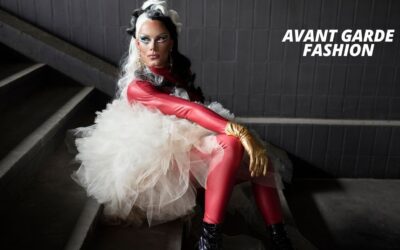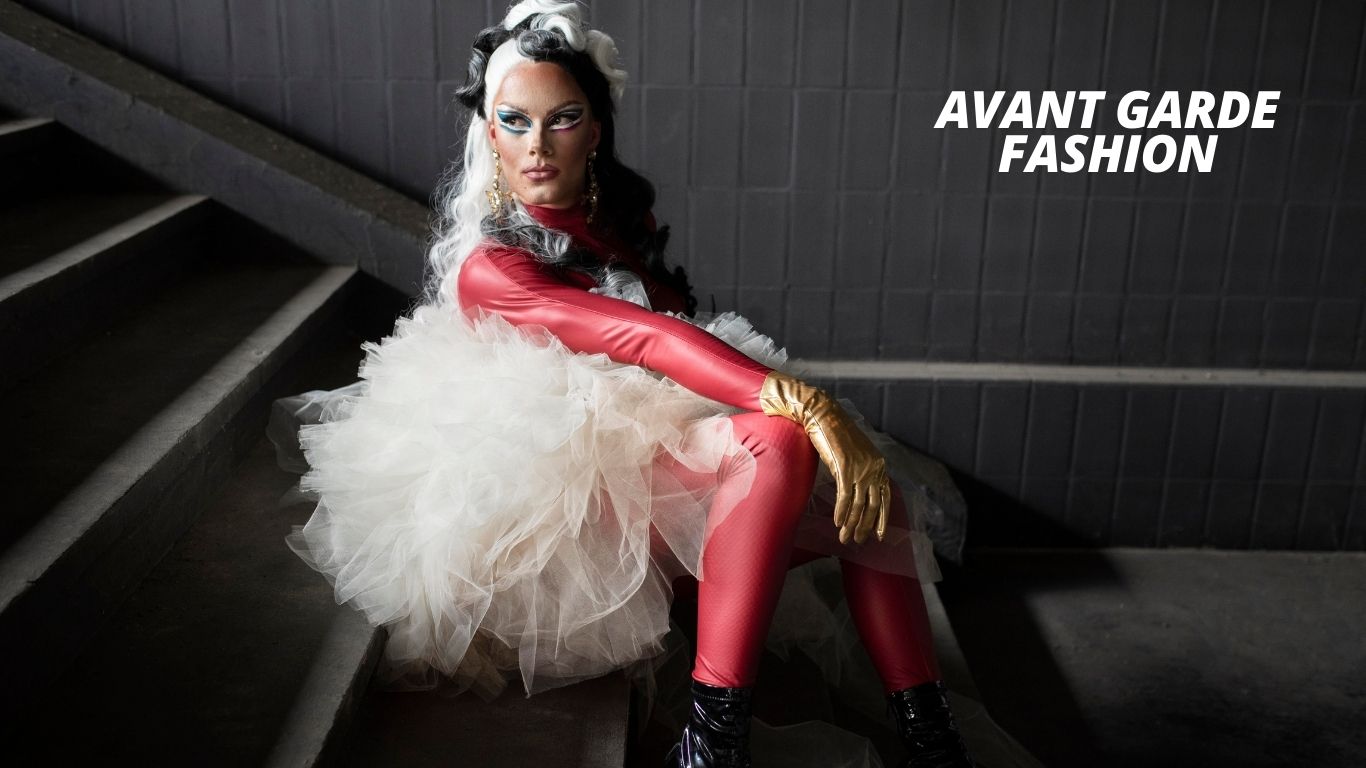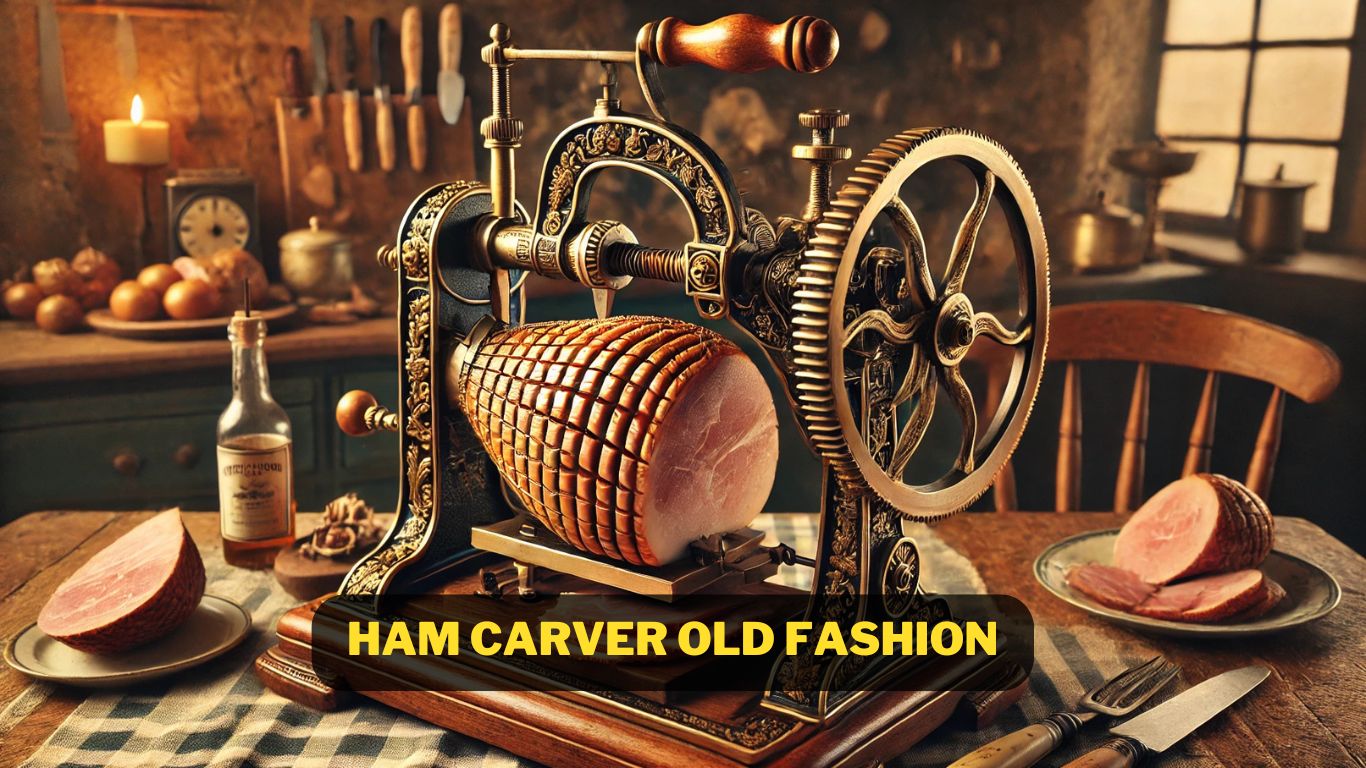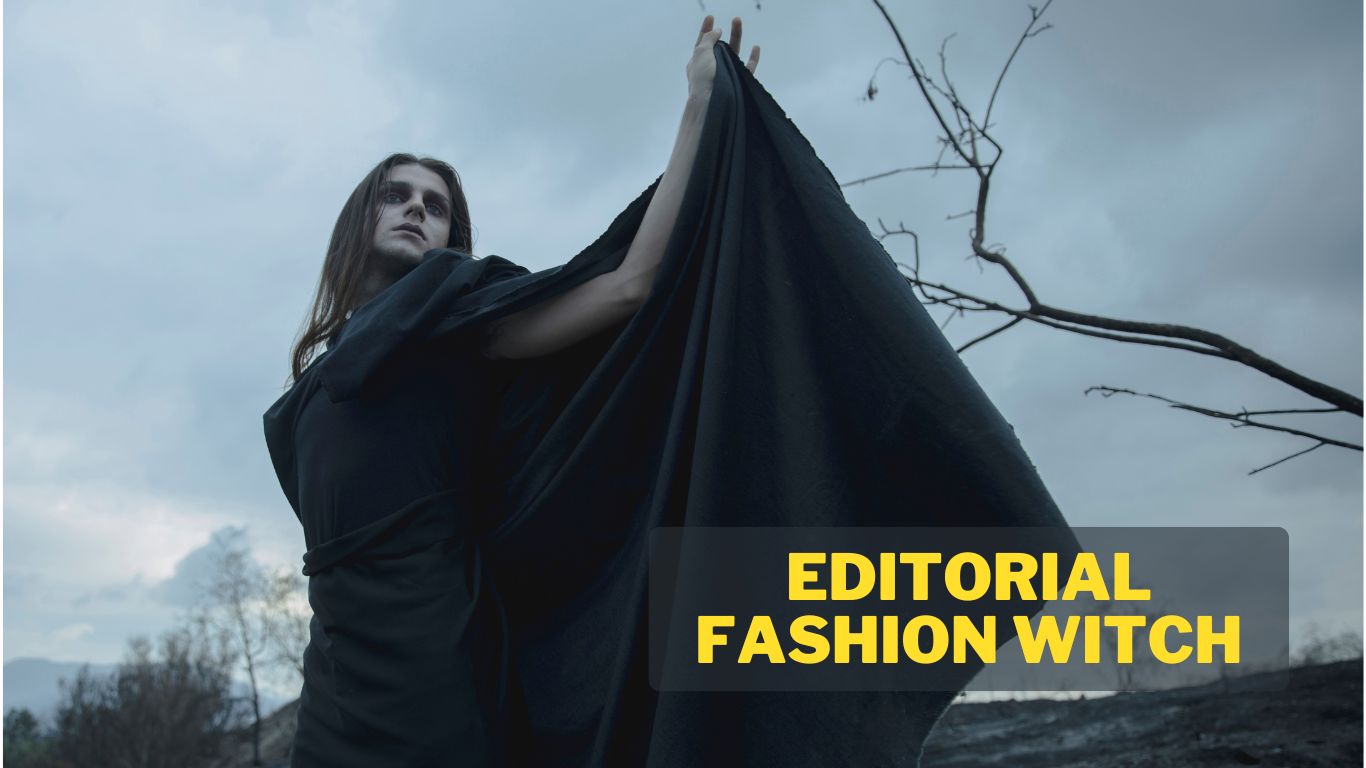Avant garde fashion, with its boundary-pushing creativity, has long been a hallmark of the fashion industry’s most experimental designers. Unlike traditional fashion, which often adheres to established norms and trends, avant garde fashion thrives on breaking away from the conventional, offering designs that can be as perplexing as they are captivating. The term “avant-garde,” originally coined in the world of art, implies a sense of pushing boundaries, challenging norms, and introducing radical ideas. This concept has seamlessly translated into fashion, where the unexpected reigns supreme, and the designs are often seen as artistic statements.
What is Avant Garde Fashion?
Avant garde fashion is defined by its innovative and non-traditional approach to design, often pushing the limits of what is considered wearable or even practical. The key characteristic of this fashion movement is its ability to challenge the status quo, offering a stark contrast to mainstream trends. Designers within the avant garde fashion world take inspiration from a variety of sources, including art, history, culture, and philosophy, and transform these influences into something bold and new. The resulting garments often defy conventional expectations, leading to pieces that are as much about self-expression as they are about clothing.
The clothes themselves may be sculptural, asymmetrical, or abstract, often incorporating elements of exaggeration or distortion. These garments might blur the lines between fashion and art, creating visual experiences rather than mere outfits. The focus of avant garde fashion is rarely on mass-market appeal or practicality. Instead, it embraces experimentation, and the willingness to engage with the unknown is a key factor driving its evolution.
A History of Innovation in Fashion
Avant garde fashion has a rich history that stretches back to the early 20th century, with roots in the art movements of the time. The Dadaists, Surrealists, and Futurists were some of the earliest to influence avant-garde fashion, inspiring designers to experiment with unusual materials and unconventional silhouettes. These movements sought to question traditional forms of expression, much like the avant garde fashion designers who would later emerge.
The fashion world’s first true avant-garde designer is often credited to be Elsa Schiaparelli. In the 1920s and 1930s, Schiaparelli created eccentric designs that introduced surrealist concepts into fashion, such as her famous lobster dress and trompe-l’œil garments. Her works were in direct contrast to the more conservative styles of her contemporaries, such as Coco Chanel, who emphasized simplicity and elegance. Schiaparelli’s designs, however, represented a departure from traditional beauty, embracing the quirky and the strange, qualities that would later define the avant-garde movement in fashion.
Another pivotal figure in the avant garde fashion movement was designer Rei Kawakubo, who founded the fashion house Comme des Garçons in the 1960s. Kawakubo’s designs have become synonymous with avant-garde fashion, as her collections often feature deconstructed pieces, challenging traditional notions of beauty and functionality in clothing. Her 1981 debut collection for Comme des Garçons, which was met with shock and criticism, has since been hailed as one of the most influential collections in fashion history.
Core Elements of Avant Garde Fashion
Avant garde fashion is typically recognized by its bold experimentation with silhouettes, shapes, and materials. Where mainstream fashion often focuses on form, fit, and function, avant-garde fashion may disregard these priorities in favor of creativity and expression. The following elements are commonly found in avant-garde designs:
- Unconventional Silhouettes
Avant garde fashion often features exaggerated or distorted shapes, pushing the boundaries of the human form. Designers frequently employ asymmetry, oversized silhouettes, or sculptural cuts, creating garments that look more like works of art than traditional clothing. - Innovative Materials
Materials in avant garde fashion are frequently unconventional, ranging from plastic, metal, and rubber to unexpected fabric combinations. The use of these materials can enhance the experimental nature of the designs, offering a visual experience that is starkly different from the softer, more familiar textures found in mainstream fashion. - Conceptual Design
Avant garde fashion often incorporates conceptual ideas, allowing garments to act as narratives or artistic statements. The clothing itself may not always serve a functional purpose, but instead might represent an idea or a critique of fashion itself. This conceptual approach is what separates avant garde fashion from ready-to-wear collections. - Deconstruction
Many avant garde designers embrace the concept of deconstruction, intentionally disrupting traditional garment construction. This may involve removing seams, using raw edges, or creating garments that appear unfinished or unrefined. This approach challenges the idea of fashion as something polished and complete. - Subversion of Gender Norms
Avant garde fashion often subverts gender expectations, offering designs that are fluid and unbound by the traditional male and female categories. This androgynous aesthetic aligns with the avant-garde philosophy of challenging social conventions and pushing boundaries.
Influential Avant Garde Designers
Several designers have made significant contributions to the avant garde fashion movement, and their innovative work continues to inspire and challenge both the fashion industry and society at large.
- Issey Miyake: Known for his groundbreaking work with pleating and synthetic fabrics, Miyake’s designs often combine technology with fashion. His creations blend art and science, and his use of innovative techniques in garment production has made him a seminal figure in avant garde fashion.
- Yohji Yamamoto: Yamamoto’s designs are characterized by their minimalist aesthetic, often incorporating oversized shapes and layers. His work explores the relationship between clothing and the human body, creating garments that are intentionally unstructured and deconstructed.
- Maison Margiela: Under the direction of Martin Margiela, the fashion house Maison Margiela has consistently pushed the envelope in terms of avant-garde design. Known for its use of deconstruction and repurposing materials, the brand’s work has redefined how fashion can be viewed and understood.
- Thom Browne: While Browne’s designs often appear more polished and tailored than others in the avant-garde genre, his experimentation with proportions, textures, and fabric manipulation has earned him a place in the avant-garde fashion world.
Avant-Garde Fashion’s Influence on Mainstream Fashion
Although avant-garde fashion is often perceived as niche or impractical, its influence on mainstream fashion cannot be overstated. Many of the trends seen on contemporary runways can be traced back to avant-garde designers, who introduced these ideas long before they became more widely accepted.
For example, oversized silhouettes, a hallmark of avant-garde fashion, have been embraced by high-street brands, and many of today’s most popular fashion trends borrow heavily from this aesthetic. Likewise, avant-garde experimentation with asymmetry, layering, and the mixing of materials has found its way into the wardrobes of everyday consumers, albeit in more refined, accessible forms.
Moreover, avant-garde fashion has also played a pivotal role in redefining beauty standards. The movement’s rejection of traditional notions of femininity and masculinity has paved the way for more inclusive representations of beauty, challenging consumers to expand their perspectives and embrace diversity in fashion.
Conclusion
Avant-garde fashion remains an essential force within the fashion industry, continuously redefining what is possible and encouraging bold new approaches to design. From its roots in avant-garde art movements to its impact on contemporary fashion, this radical clothing approach continues to inspire designers and consumers alike. While avant-garde pieces may not always be practical or wearable in the traditional sense, their ability to push boundaries and provoke thought ensures their place in the fashion world’s most innovative circles. As the industry evolves, it’s clear that avant-garde fashion will continue to influence and shape how we perceive clothing, style, and beauty for years to come.







